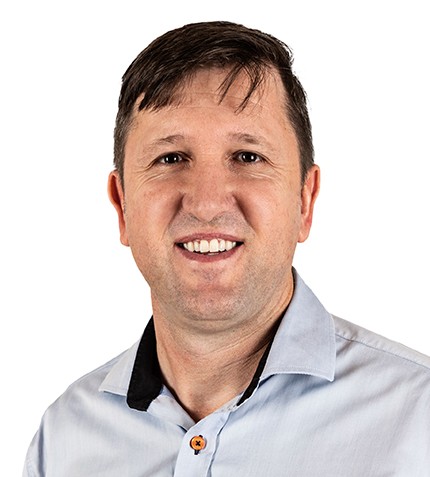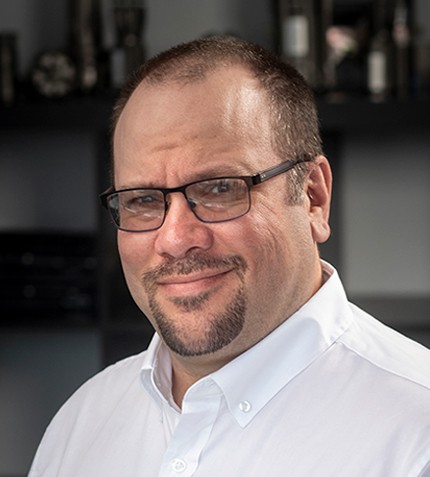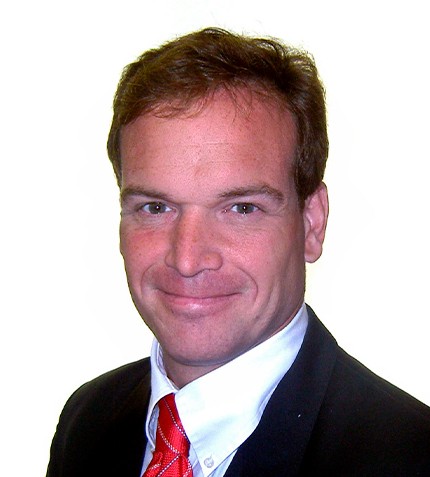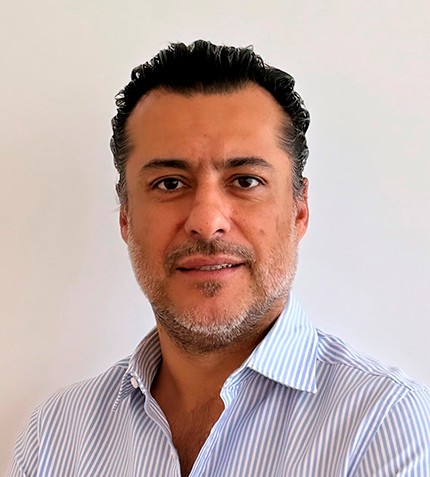
"We are implementing AutoMine® Fleet system at the OT, creating a digitalized ecosystem that allows the operator to monitor and change more activities rather than a single-cycle mining activity."
Brad Clarke
MANAGING DIRECTOR, SANDVIK MONGOLIA
How has Sandvik navigated Mongolia’s mining cycles since being incorporated in 2006?
Prior to 2006, Mongolia’s mining industry was dominated by Russian or Mongolian mining companies. 2006 – and the start of the Oyu Tolgoi (OT) journey - marked a critical turnaround for the industry, creating a huge opportunity for many international mining houses and their suppliers. Momentum built up in the following years, and Mongolia saw its highest-ever FDI flows in 2011, a record never beaten since. For good or bad, the OT continues to symbolize the country’s investment environment to the international community, so when the OT shut down operations in 2012, massive ripple effects spread across the industry, including for Sandvik, since our business was deeply anchored in the OT. The 2013 legislative changes posed significant challenges for investors, and the exploration sector was affected the most. For that reason, the Mongolian industry struggled to fully capture the upcycle of 2016. Then, as commodity prices gathered momentum in 2019, the pandemic came, hitting the country severely. Naturally, investment from the OT and other players became more conservative. Today, the atmosphere is changing as people begin to overcome that nervousness about investing in Mongolia and realize that, instead of fighting over the same-size cake with larger companies that tend to take the bigger slice, we need to expand the cake for everyone to be happy. The way to grow that cake is through exploration.
Sandvik’s business is going through a very positive period, selling into sectors that we haven’t sold since 2014. Our strategy in recent years has been to diversify.
Sandvik was selected as the best supplier of automation for the OT. Could you speak of the reception for Sandvik’s technologies more broadly?
Sandvik’s strategy is to position itself as a leading engineering company supplying leading-edge digital technologies to the mining sector. Besides the economic benefit of higher productivity, by far the biggest benefit is making mines safer. Right now, we are implementing AutoMine® Fleet system at the OT, essentially creating a digitalized ecosystem within their production environment which allows the operator to monitor and change more activities rather than a single-cycle mining activity.
As mines get significantly deeper, the only way we can reach those resources is by improving underground economics. To that end, automation is key. The industry, not only the OT, is starting to recognize how digitalization, data management, automation and semi-automation can really support their business objectives and that the upfront capital cost of a piece of equipment is only a minimal aspect of the purchasing criteria over the life of the equipment.
How do logistics in Mongolia compare to other parts of the world where Sandvik operates?
We are probably sitting at about 15 to 20% higher logistics costs compared to other locations where we deliver. Freight transport will continue to be a restriction for a while; as we speak, there is a 30-day delay at Tianjin port, and this comes on the back of a nine-month delay during Covid. From a Sandvik perspective, we have done really well in consistently supplying our customers. We invested in a South Gobi warehouse for higher inventories of loose parts, fast-moving parts and other components, and we have also reverted to air freight where necessary. In Ulaanbaatar, we have both warehouse and service facilities.
What are your main priorities for 2024?
We are very excited about the “Make the Shift” strategy that our CEO, Stefan Widing, has defined, which is summarized in our ambition to advance the world through engineering. Historically, Sandvik has not always positioned itself as an engineering company, so the new strategy perfectly distills all the activities we do across six pillars: (1) shift to growth; (2) sustainability shift; (3) customers’ first choice; (4) employer of choice; (5) digital shift; (6) agile through cycle. For Sandvik Mongolia, ensuring that we are agile through the cycles ranks higher as a priority, together with investing in our employees’ capabilities. And lastly, digitalization. We continue to demonstrate that productivity and safety go a long way to taking out disruption and inefficiencies and that the durability of equipment far outweighs any premium upfront price. The industry is maturing at a very rapid pace, driven by a demographic that is ready to recognize the benefits of technology and willing to see a digitalized sector.










